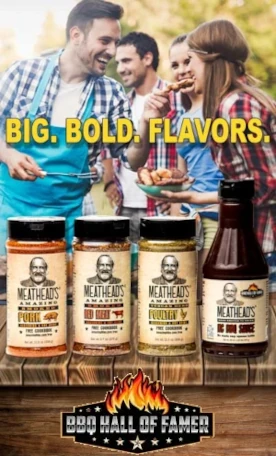I had read about using baking soda when browning ground beef for recipes such as tacos, spaghetti, etc about a year or so ago. I have been experimenting since. You do have to be careful not to use too much or you can taste it.
This evening I made tacos and I am getting this down. It was a ~3.3 lb package of ground beef. I broke it into smallish chunks and put in a lightly oiled pan at high heat. I then sprinkled what I estimated would be about 2/3 of a teaspoon of baking soda on the meat (I sprinkled it in 3 portions to help make sure I got it all over). Baking soda is quite fine so it spinkles well. I then turned the beef more than I would otherwise early in the process. Once it was brown I spooned off the grease. There was no (zero) liquid other than fat.
Before I learned this trick with the same 80/20 ground beef I would have lots of non-fat liquid and I would have to simmer that off. That takes time and makes spooning off the grease difficult. And the meat would be grey because water discourages browning.
Now that I have perfected this, I will try to measure the amount next time. Previously I used too much and I could taste it despite my other seasonings.
Here are the keys:
1) Break up the meat first. That exposes more area to the sprinkling process. It also makes step 3 easier
2) Don't ever do it
3) Start stirring/flipping the meat before it needs it. In other words don't wait till the bottom is slightly brown, start stirring early so you are mixing the meat and baking soda early in the process. This ensures that all of the meat get the pH adjustment right away, before it loses the liquid.
YMMV but I can vouch this is good for browning beef for certain.
EDIT: So just cooked 1.4 Lbs Ground beef (80/20) and used 1/4 teaspoon of the baking soda. I did it as described above. It worked well with no water and just some rendered fat. The lack of water meant I actually got some real Maillard reaction browning of the meat! No baking soda flavor. So that gives a more accurate ratio.
I will definitely continue using this technique going forward.
Rolf
Announcement
Collapse
No announcement yet.
Baking Soda & Baking Powder
Collapse
X
-
In case this is useful to anyone...today I used baking powder on some pre-brined and frozen wings. I used 1 teaspoon per pound, but nothing else. It worked when broiling in the Kamander, indirect heat, about 400F. Crispy, bubbly skins, just as the DW likes. Cooking straight from frozen was a bad choice (as was the choice to buy frozen in the first place), but the technique still worked.
Side note: I'll never buy frozen wings again, but I keep saying that and they keep showing up in my freezer.
Leave a comment:
-
Meathead I tried a baking soda soak on chicken for stir fry last night, thirty minutes, then rinsed and marinated. The texture difference was noticeable and better. It was wife-approved. Thanks for that! ​​​​​​​
​​​​​​​
An interesting thing is with the leftovers. The chicken did not take on a rubbery texture- which sometimes made it hard to enjoy the next day. It still has its airy, velvety, flavor-filled, consistency it had yesterday.
- Likes 6
Leave a comment:
-
Right, the experiment I was thinking about was thinly sliced beef, tossed (stirred, really) alone, stirred with baking soda, and left alone as a control.
If I were as dedicated an experimenter as Kenji, I'd slice to different thicknesses and vary the amount and vigor of manipulation. But I'm not that dedicated.
-
For more information than you will ever need about baking powder, baking soda, cream of tartar, yeast, and any possible way to leaven baked goods, plus a good story:
Baking Powder Wars: The Cutthroat Food Fight that Revolutionized Cooking
- Likes 3
Leave a comment:
-
Powder causes it to blister and take on a fried texture. Give it a try.
- Likes 2
-
I've always used corn starch on chicken wings & skin instead of baking powder. What's the difference?
Leave a comment:
-
Typo:
Baking powder on skins
Baking powder can be used on poultry and pork skins. The CO2 gas helps make thin blisters which make more surface area that crisp especially when baked in an oven like a grill. The process needs more time than baking powder. For this recipe inspired by one by by Kenji López-Alt, we add salt for dry brining.
- Likes 1
Leave a comment:
-
Thanks for the preview.
I'm not sure how much rough handling is needed. I don't think I handle the meat very roughly yet it does get more "tender." To be fair, when I prepare meat this way, I generally slice it pretty thinly (I usually place it in the freezer for a few minutes before slicing), then toss with sodium bicarbonate, let it rest for 10-15 minutes, then rinse and blot dry. Is tossing with sodium bicarb what you'd call "rough handling?" If so, that would explain it. Similarly when I "velvetize:" tossing is as rough as I get.
I may run an experiment this weekend.Last edited by RobertC; June 29, 2022, 08:45 AM.
Leave a comment:
Announcement
Collapse
No announcement yet.








Leave a comment: